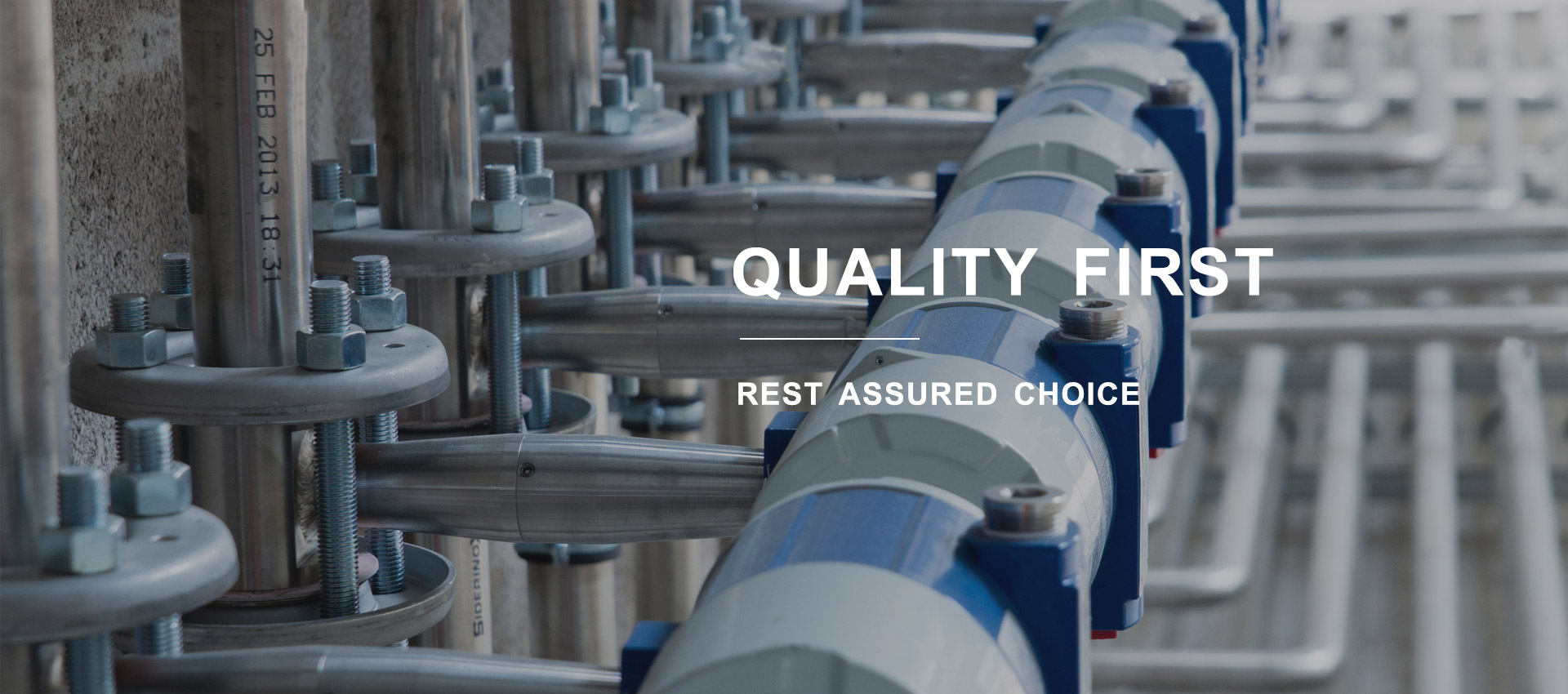Ago . 30, 2024 22:21 Back to list
anchor bolt sizes in mm
Understanding Anchor Bolt Sizes in Millimeters
Anchor bolts are crucial components in construction and engineering, providing the essential link between structural elements and their foundations. These bolts come in various sizes, and understanding their specifications, particularly in millimeters, is vital for ensuring structural integrity and safety. This article will discuss the key aspects of anchor bolt sizes in mm, including their dimensions, applications, and factors to consider when selecting the appropriate size.
Anchor Bolt Basics
Anchor bolts are used to attach fixtures or structures to concrete foundations. They prevent movement and resist tensile and shear forces, making them indispensable in building construction, heavy machinery installation, and various industrial applications. The size of an anchor bolt is determined by its diameter and length, which must be chosen based on the load requirements and the specific conditions of the installation site.
Common Sizes and Their Uses
Anchor bolts come in various standard sizes, often classified by their diameter and length in millimeters (mm). Typical diameters for anchor bolts range from 10 mm to 40 mm, with lengths varying based on the application. For example
- M10 (10 mm diameter) Suitable for light structures, typically used in small equipment installations and light-duty applications. - M12 (12 mm diameter) A versatile size, commonly used for medium weight loads, such as in residential construction and small machinery. - M16 (16 mm diameter) This size offers increased strength and is often used in commercial applications, supporting heavier structures. - M20 (20 mm diameter) Ideal for heavy machinery and large structures, this size provides significant load-bearing capacity. - M24 (24 mm diameter) Generally used in high-load scenarios, such as bridges and industrial equipment installations. - M30 (30 mm diameter) and M36 (36 mm diameter) Primarily reserved for specialized applications that require exceptional strength and stability.
anchor bolt sizes in mm

Factors Influencing Size Selection
When selecting anchor bolt sizes, several factors must be taken into account
1. Load Requirements The weight of the object being anchored and the forces acting upon it must be carefully evaluated. This assessment ensures that the selected bolt can handle static and dynamic loads. 2. Concrete Strength The quality and strength of the concrete in which the anchor will be embedded play a critical role in determining the appropriate size. Higher-strength concrete can accommodate larger or fewer bolts.
3. Environmental Conditions Factors such as humidity, temperature fluctuations, and exposure to corrosive substances can affect the performance of anchor bolts. In such cases, it may be necessary to use larger bolts or those made from corrosion-resistant materials.
4. Installation Method The method of installation, whether it's through-holes, epoxy-set, or expansion anchors, can influence the required bolt size. Different methods may necessitate varying bolt diameters and lengths.
Conclusion
Understanding anchor bolt sizes in millimeters is essential for construction and engineering professionals. By considering load requirements, concrete strength, environmental factors, and installation methods, one can select the appropriate anchor bolt size to ensure the stability and safety of structures. With the correct anchor bolts in place, projects can achieve long-lasting durability and performance, reinforcing the importance of careful planning in construction practices.
-
The Ubiquitous Reach of DIN934 in Application Realms
NewsMay.16,2025
-
Exploring Different Bolt Types
NewsMay.16,2025
-
Cracking the Code of Sleeve Anchor Mastery
NewsMay.16,2025
-
Clamp Design Principles,Types and Innovations
NewsMay.16,2025
-
Artistry Inspired by the Humble Anchor Bolt
NewsMay.16,2025
-
A Deep Dive into Screw Types
NewsMay.16,2025


